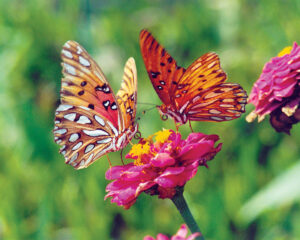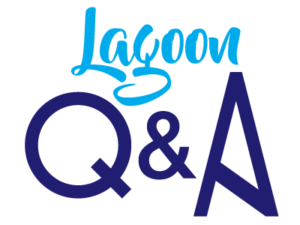People Asked: Q & A
Click on the items below to find many Q & As under each heading. This is a great place to get the facts and get informed.
Muck is fine-grained organic rich sediment with a high water content. It is made up primarily of clay, sand and organic matter (decaying plant material). Because of its high water and clay content, muck looks like black ooze. Muck is not the natural bottom of the lagoon. It is found throughout the lagoon though it tends to accumulate in deeper waters, sometimes in layers more than 6 feet thick.
Muck covers the natural sandy bottom, destroys habitats such as seagrasses by inhibiting growth, and impacts bottom-dwelling organisms by depleting oxygen in the sediments and surroundings waters. Muck accumulates potential pollutants and stores and releases nutrients into the water, which can then feed algal blooms.
Every time the muck is disturbed, by water movement caused by wave action from weather, boats or other activity, it “fluxes, or re-releases the harmful nitrogen and phosphorus back into the Lagoon. The only way to prevent this continual release of these pollutants is to remove the muck by dredging.

HAVE A QUESTION?
Get Connected with us.
Want to help? Join up.
ASK YOUR QUESTIONS HERE.





